How Long Can a Car Sit in Storage Without Being Driven?
Whether you’re storing a classic car, heading out on an extended trip, or simply keeping a vehicle tucked away for the season, you may be wondering how long a car can sit in storage without being driven. While cars are designed to be driven regularly, with the right preparation and maintenance, they can sit for months or even years without issue.
However, leaving a car parked too long without proper care can lead to problems like a dead battery, flat tires, or even engine damage.
Short-Term Storage: A Few Weeks to a Few Months
If your car will be sitting for only a few weeks or months, minimal preparation is needed. Here’s what may happen:
- Battery Drain: Modern cars have electronics that draw small amounts of power even when the car is off. If left too long, this can drain the battery.
- Tire Pressure Loss: Tires naturally lose air over time, which can cause flat spots if the car isn’t moved occasionally.
- Fluids Settling: Engine oil, fuel, and coolant can settle or degrade slightly, but this is usually not a major concern in the short term.
Long-Term Storage: Six Months or More
If a car is left in storage for more than six months, it requires more preparation to prevent mechanical and cosmetic issues. Here are some issues that may arise:
- Battery Issues: After a few months, a car battery can completely drain. Using a battery tender or disconnecting the battery can help prevent this.
- Fuel Degradation: Gasoline can break down over time, leading to potential engine problems. Adding a fuel stabilizer can keep it fresh.
- Tire Damage: Tires develop flat spots if they sit in one place for too long. Inflating them to the maximum recommended pressure or using tire cradles can help.
- Engine and Fluids: Oil can degrade, and moisture builds up in the engine and fuel system, leading to rust and corrosion. An oil change before and after long-term storage is a good precaution.
What About Cars Stored for Years?
If a car sits in storage for years, extra precautions should be taken to ensure it remains in good condition. Some issues that may occur are:
- Rust and Corrosion Prevention: Humidity and moisture can cause rust. Storing the car in a climate-controlled facility and using a car cover can help.
- Engine and Fuel System Care: Fuel left sitting for too long can gum up the fuel system. In some cases, draining the tank and refilling it with fresh fuel may be necessary.
- Rodent Protection: Mice and other pests can nest in engines and chew wires. Using deterrents like mothballs, traps, or ultrasonic repellents can help keep critters away.
- Regular Maintenance Checks: Even in storage, it’s a good idea to start the car occasionally or have someone check on it to ensure everything remains in working order.
The Best Way to Store a Car Long-Term
To keep your vehicle in the best condition during storage, consider these best practices:
- Store it in a clean, dry, and climate-controlled facility.
- Use a high-quality car cover to protect against dust and moisture.
- Keep the battery on a trickle charger or disconnect it.
- Fill your gas tank and add a fuel stabilizer.
- Change the oil before and after storage.
- Inflate the tires to the recommended pressure.
- Start the car and move it occasionally if possible.
A car can sit in storage without being driven for quite some time if properly maintained. For short-term storage, minimal preparation is needed, but for longer periods, taking extra precautions will prevent damage and costly repairs. If you’re looking for a reliable and secure place to store your vehicle, PVSO offers climate-controlled, monitored storage to keep your car in top condition for as long as you need.
Get in touch with us today to learn more about our premium vehicle storage options in the Ottawa area!

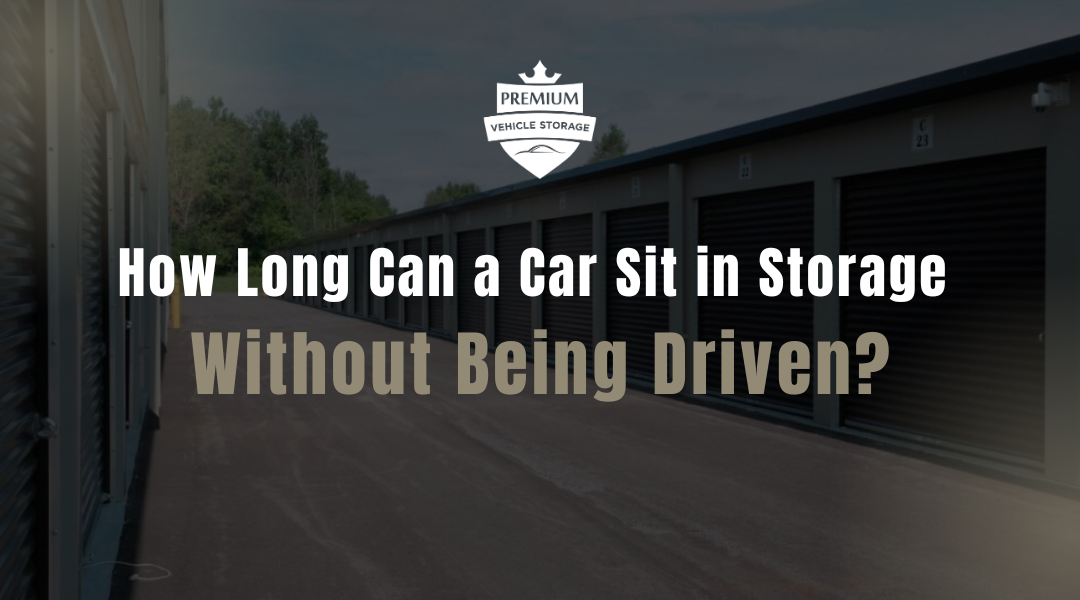
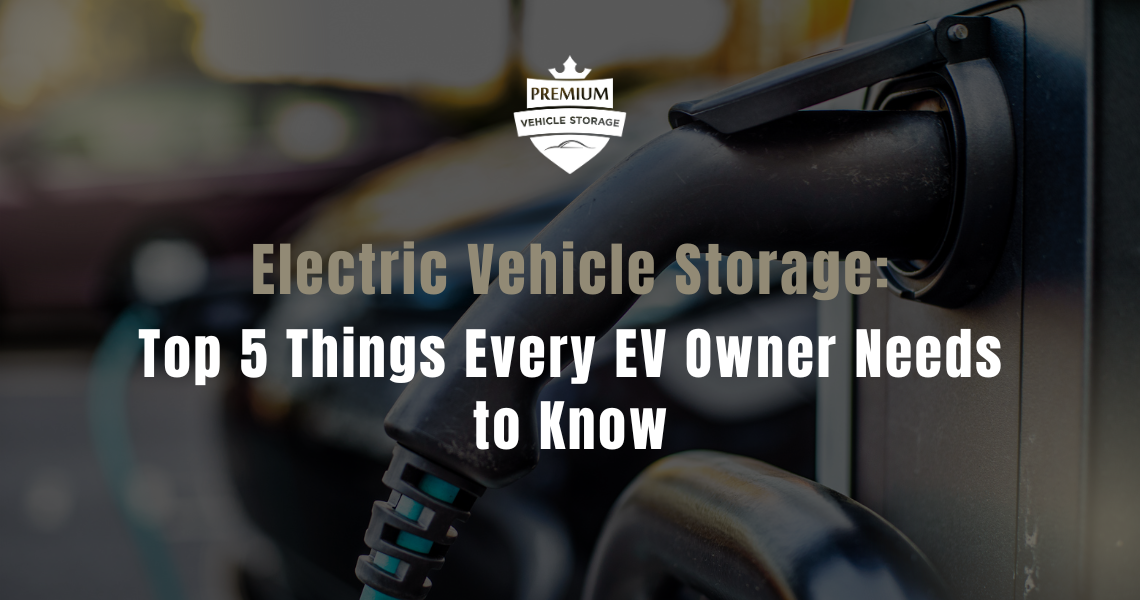
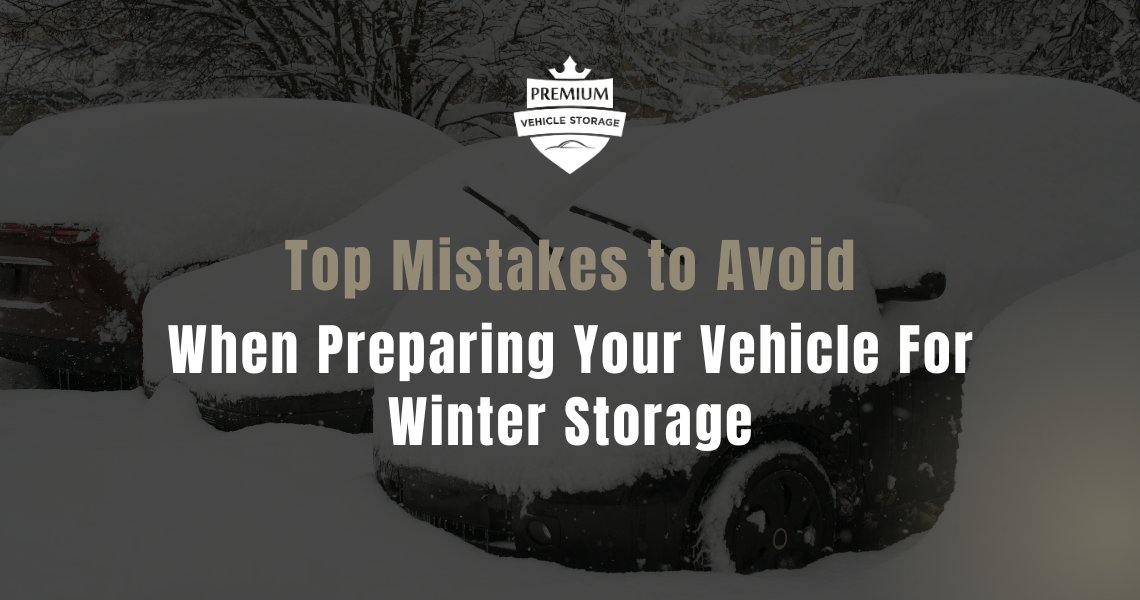
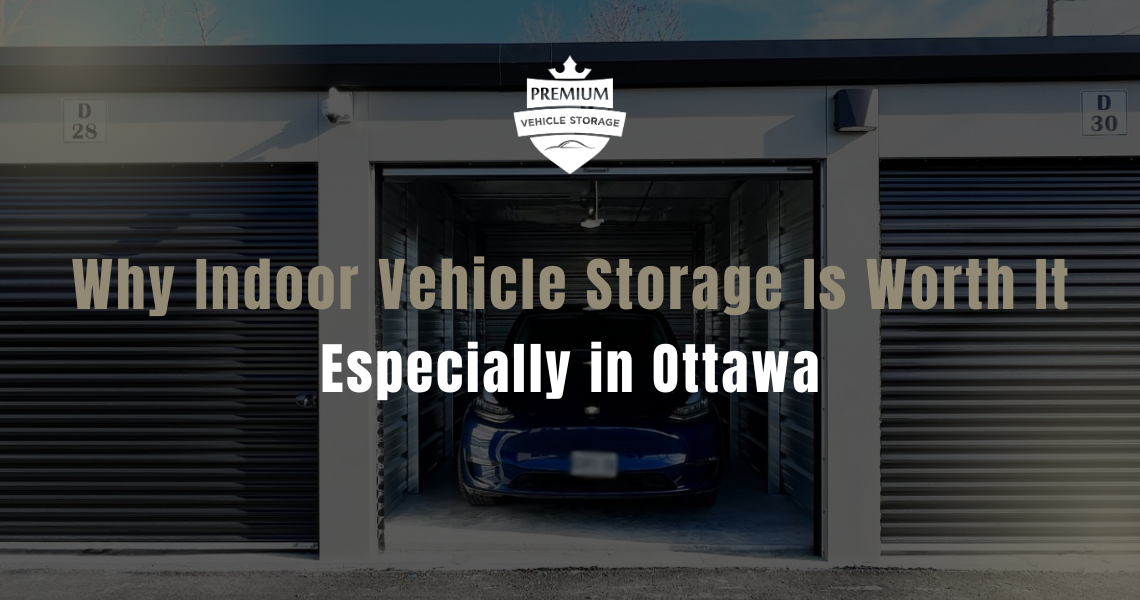
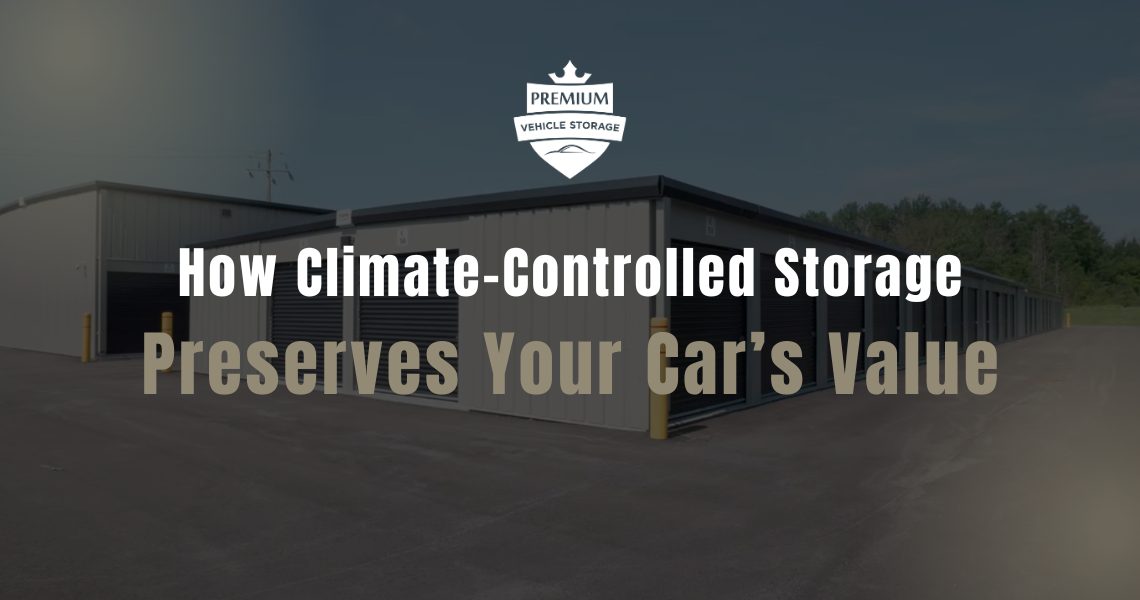
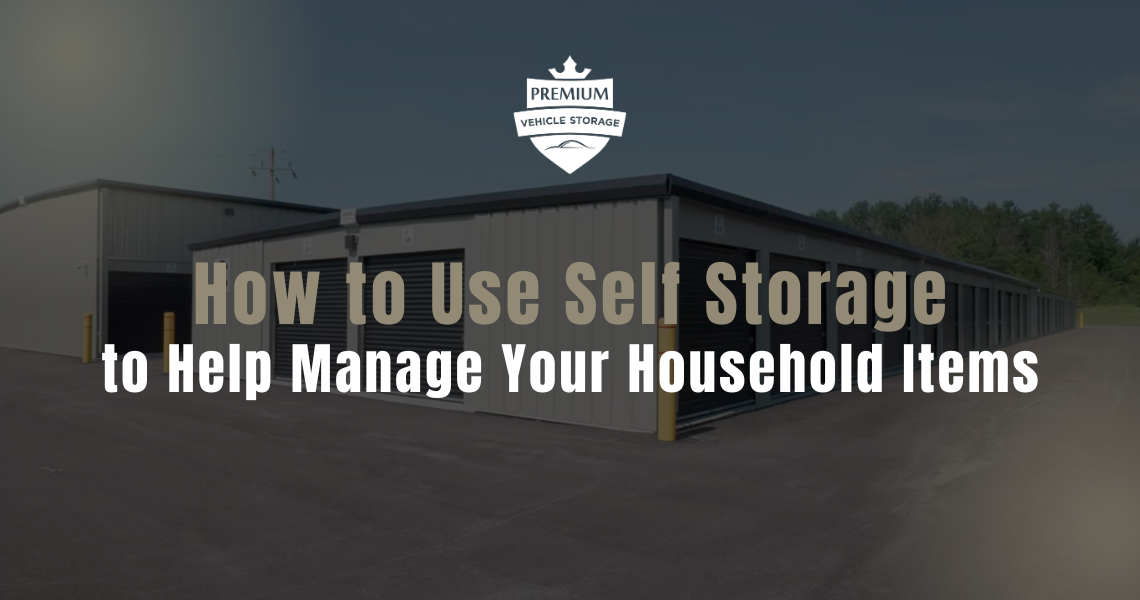
Recent Comments